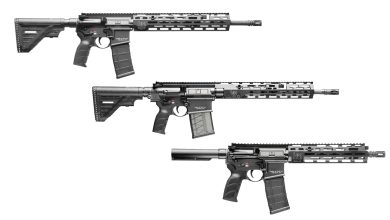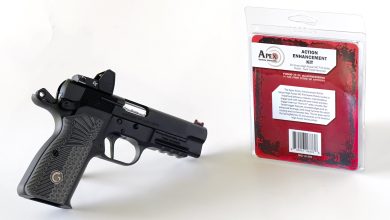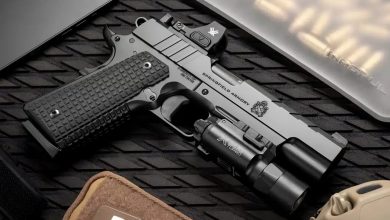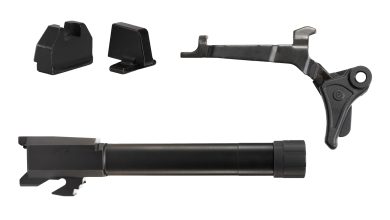Why Army divisions must prepare to get dirty
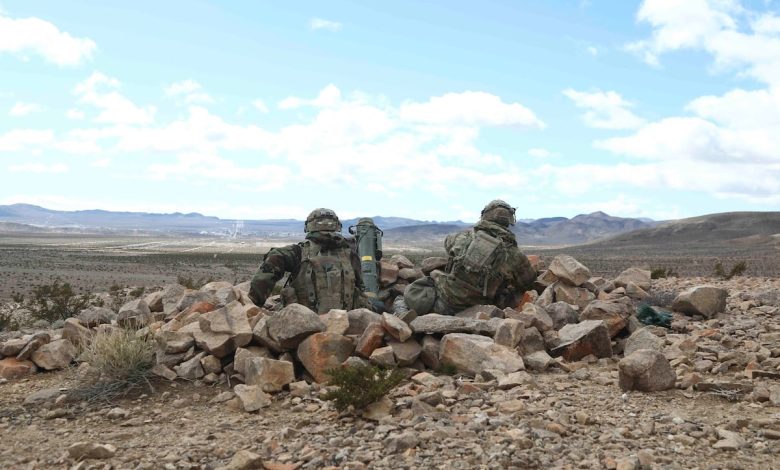
During this past year the Army sent a division headquarters and its enablers into a large-scale, on-the-ground exercise to learn how these personnel groups will approach surviving the next war.
It was the first time in decades that division headquarters and the myriad units it would go into combat with — a combat aviation brigade, sustainment, air defense brigade and division artillery — trained together in person.
But it certainly will not be the last.
The 1st Infantry Division, which is based out of Fort Riley, Kansas, is slated for its headquarters rotation earlier next year at the National Training Center, Fort Irwin, California, as the Army continues its years-long shift from focusing on brigade-level conflict to division-centric fighting.
Army leaders announced the brigade-to-division change — and even corps-level units — as the center of the service’s fight in 2022. Last year Gen. Andrew Poppas, head of Forces Command, unveiled the move to deploying division headquarters to the training centers.
RELATED
If the 1st Infantry Division has any questions, they’d do well to talk with 1st Armored Division, out of Fort Bliss, Texas.
That is the unit, after all, that was recently digging in, moving, sensing and shooting on the fly in ways that a division headquarters has never done.
Maj. Gen. James Isenhower III commanded the 1st Armored Division during its tour at NTC. The mission involved 3,000 soldiers and 900 vehicles in the execution of a fictitious battle.
But beyond those resources, Isenhower had a total of 70,000 virtual fighters at his fingertips as he mapped out an attack of the opposition force.
The real soldier participants conducted a deep helicopter attack using two dozen Apaches and support aircraft over a distance of 350 miles round trip, Isenhower said.
Often the two-star’s team turned off all their electronic gear and only used commercial satellite gear to communicate, a move Isenhower said decreased the division’s electromagnetic signature by a factor of nine.
“Current communications platforms are targeting beacons,” Isenhower said.
That mattered because to slim down their footprint, the headquarters left a number of elements back at Fort Bliss, which is more than 800 miles away.
“Command post survivability is about looking unimportant,” Isenhower added.
Trimming those command nodes also mattered.
The training center opposition forces simulated 100 artillery strikes each day. With every strike, Isenhower’s soldiers had to conduct maneuvers.
The center staff also sent swarms of 20 drones, sometimes as many as six times a day, to attack visiting units.
While the unit used new technology and slimmed down its formations for a more nimble fighting force, the two-star noted that there were some basic practices that helped the most.
The division headquarters and the supporting brigades must practice fieldcraft at their home station, he said. That means setting up the vehicle, camouflage netting and testing gear in the field before heading to the training center.
The headquarters must practice its targeting and digital gunnery with the subordinate units, Isenhower added, to be successful in the rapid-fire fight that they will face at the center.
Todd South has written about crime, courts, government and the military for multiple publications since 2004 and was named a 2014 Pulitzer finalist for a co-written project on witness intimidation. Todd is a Marine veteran of the Iraq War.
Read the full article here



